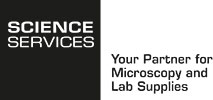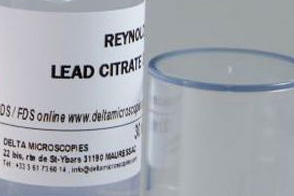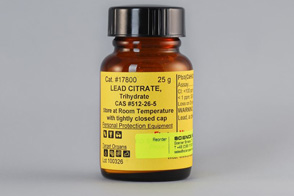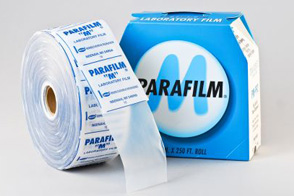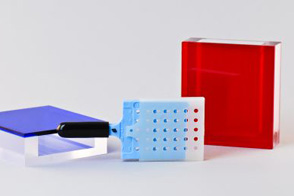contrasting
The electron densities of carbon, nitrogen and oxygen atoms differ only minimally from each other. In the TEM, this fact leads to low-contrast and low-resolution images of biological samples, induced by inelastic scattering of the electrons. To improve the contrast of biological structures, heavy metal ions are usually used, such as uranyl acetate (for lipids, DNA/RNA, proteins), lead citrate (for proteins, glycogen, reduced osmium) and phosphotungstate (for polysaccharides, glycogen). Contrasting is optionally done before dehydration and/or after cutting, the same goes for immuno gold labelling.
Specific macromolecules or cryofixed objects can also be contrasted directly with platinum, gold or carbon by rotational vapour deposition after cutting for special research questions. Vapour deposition methods can be combined with other contrasting methods.
